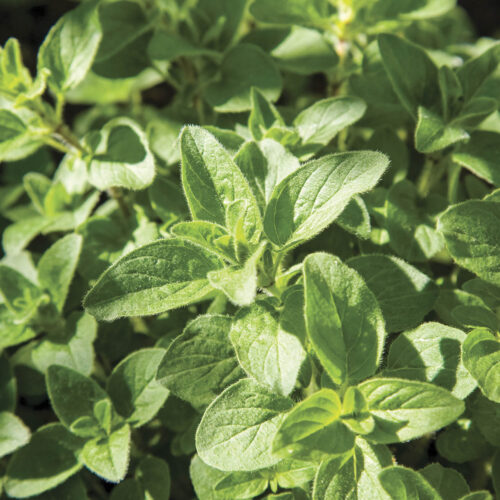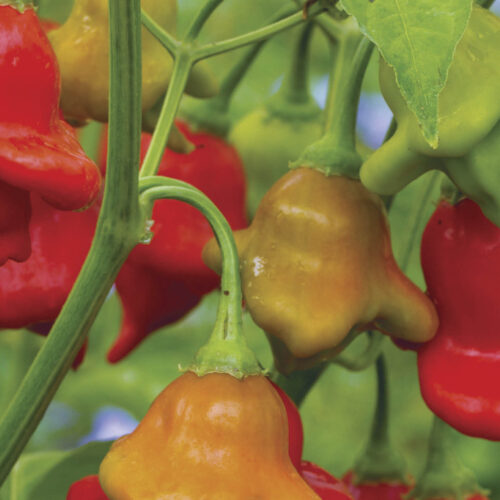Hot and pungent horseradish
2014-08-20T04:52:12+10:00
Dig and divide horseradish now says PENNY WOODWARD
Horseradish (Armoracia rusticana) is a classic cool climate herbaceous perennial with large wavy green leaves that grow to a height of about 60 cm from a spreading rootstock. Plants grow vigorously through spring, summer and autumn, and then die back completely in early winter. In the right position and climate though, horseradish can spread so strongly that it can be a bit of a thug. But a delicious and attractive thug, especially the variegated cultivar A. rusticana ‘Variegata’. This cultivar has leaves splashed with creamy yellow. These leaves push through the soil in spring and may need some protection from snails and slugs when young. The variegation is very variable (you could even call it variations on variegations) and older roots will produce leaves that range from wholly creamy yellow to green leaves with splashes and stripes of yellow, to wholly green leaves. Dissapointingly, young plants may show no leaf variegation in the first year.
Late winter is the perfect time to dig up and replant many herbaceous perennials and this includes horseradish. Lift the whole plant with a garden fork, shake of any excess dirt and divide the clump by cutting off pieces with either secateurs or a spade. You’ll get bigger plants more quickly by replanting roots with a growing top (also known as an eye), but in reality any piece of root will produce a new plant. Set the crown or root cuttings about 30 cm apart, just under the surface of the soil with the ‘eye’ protruding. Water with seaweed extract and keep weed free. Plants thrive in well-drained, good compost rich soil in sunny to semi-shaded positions, but choose a position where it can stay for many years, as once it is growing well it is hard to remove every piece of root.
Individual roots are dug any time from autumn to spring and used freshly peeled and grated with roasted and boiled meats and strong fish, or they can also be grated into salad. I always take mine outside to grate as the spicy fumes make my eyes water much more than onions. Traditionally the grated root is combined with vinegar or lemon juice, and then cream or yogurt. Mustard can also be added. This condiment is usually served cold or only added to a hot dish at the last moment as heat quickly dissipates the pungency.
Medicinally small amounts of fresh root eaten regularly improves circulation, helps with the symptoms of colds and flu and will aid digestion and ease mild gastric upsets.






